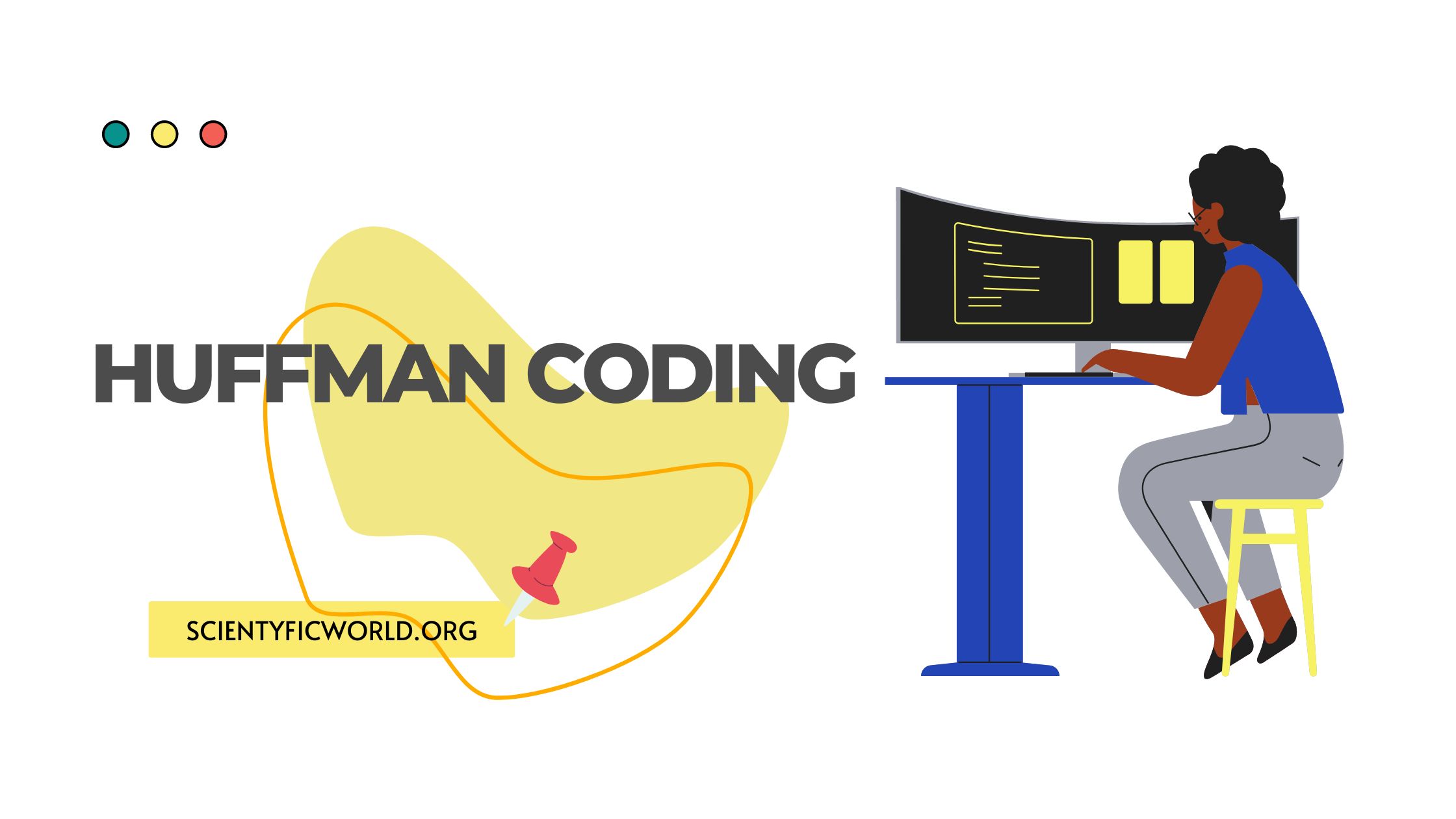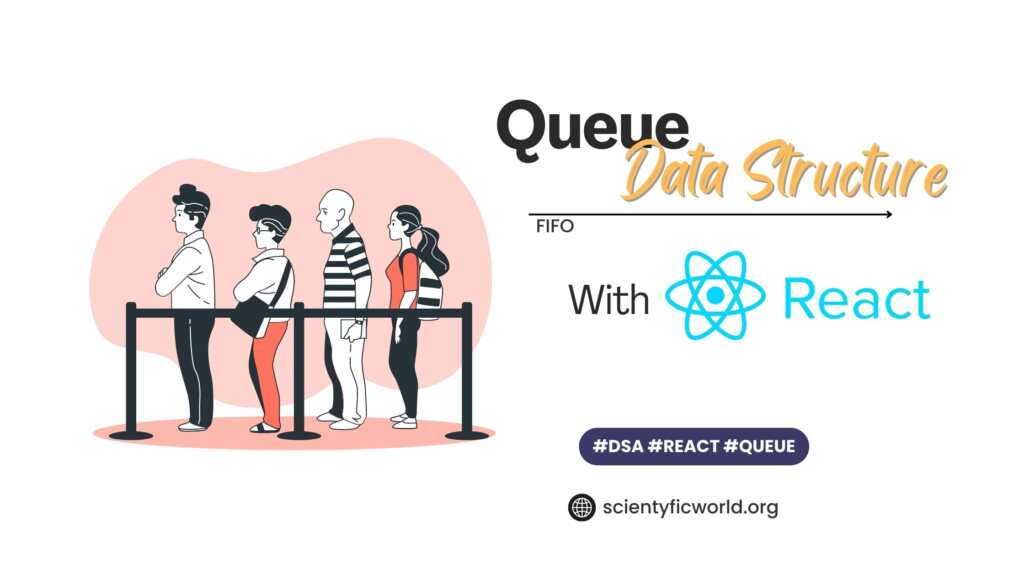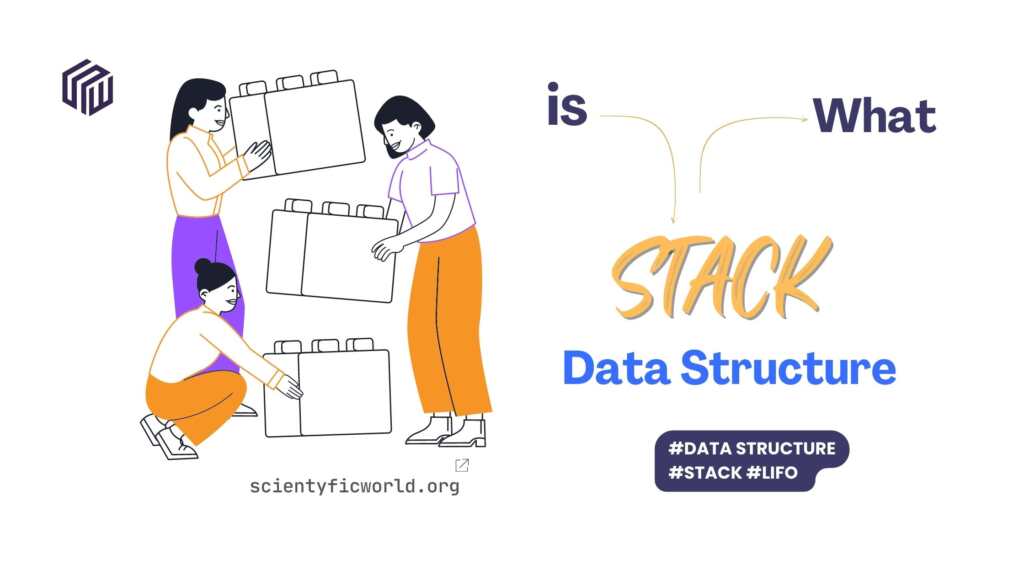Follow Us:
Huffman Coding: Data compression algorithm

In computer science and information theory, Huffman coding is an entropy encoding algorithm used for lossless data compression. The technique works by creating a code tree, which is used to represent a set of characters. Each node in the tree represents a character, and the path from the root to the leaves represents the code for that character.
The algorithm works by first assigning a code to each character, which is based on the frequency of that character in the text. The most common characters are given the shortest codes, and the less common characters are given longer codes. This ensures that the most common characters are encoded with the fewest bits, which results in smaller file size.
Once the code tree is created, the text is encoded by traversing the tree and replacing each character with its corresponding code. The encoded text is then compressed using a lossless compression algorithm, such as LZW or run-length encoding.
Huffman coding is used in a variety of applications, including data compression, error correction, and data storage. The algorithm is named after its creator, David A. Huffman, who developed it while he was a student at MIT in the 1950s.
Lossless compression algorithm:
Huffman Coding is a data compression algorithm that is used to compress data so that it can be transmitted more efficiently. It is a lossless compression algorithm, which means that the original data can be recovered exactly from the compressed data.
Lossless compression algorithms are used to compress data in a way that does not lose any information. This type of compression is often used for things like images and text documents, where it is important to maintain the quality of the data. There are a variety of different lossless compression algorithms, and they all work in different ways.
Lossless compression algorithms are used to compress data in a way that does not lose any information. This type of compression is often used for things like images and text documents, where it is important to maintain the quality of the data. There are a variety of different lossless compression algorithms, and they all work in different ways.
Lossless compression is a type of compression where no data is lost in the compression process. This is in contrast to lossy compression, where some data is lost in order to achieve a higher level of compression. Lossless compression is often used for things like images and text documents, where it is important to maintain the quality of the data. There are a variety of different lossless compression algorithms, and they all work in different ways.
One popular lossless compression algorithm is LZW (Lempel-Ziv-Welch). LZW works by looking for patterns in the data and replacing those patterns with shorter codes. This can be thought of as a type of dictionary compression, where common patterns are replaced with shorter codes. LZW is used in a variety of file formats, including GIF and TIFF.
Another popular lossless compression algorithm is DEFLATE (DEFLated). DEFLATE is used in a variety of file formats, including ZIP and gzip. DEFLATE works by using a combination of LZ77 and Huffman coding. LZ77 is used to find repeated patterns in the data, and Huffman coding is used to assign shorter codes to more common patterns.
The technique works by creating a binary tree of nodes, with each node containing a symbol and a weight which is equal to the frequency of that symbol in the data to be compressed. The tree is then traversed to create a variable-length code for each symbol, which is assigned to that symbol.
The code lengths are chosen to minimize the overall length of the encoded data, which is equal to the sum of the lengths of all the codes. This is done by giving the most frequent symbols the shortest codes and the least frequent symbols the longest codes.
Huffman coding is very efficient in terms of the number of bits used to represent the data, but it is not the most efficient in terms of the time taken to encode and decode the data. For this reason, it is often used in conjunction with another compression technique, such as run-length encoding, which is more efficient in terms of time but less efficient in terms of the number of bits used.
Huffman coding can be used to compress any type of data, but it is particularly well-suited to compressing data that has a lot of redundancy, such as text files.
How does Huffman Coding work?
The first step in Huffman coding is to calculate the frequencies of all the symbols in the data to be compressed. This can be done by traversing the data and counting the number of times each symbol occurs.
Once the frequencies have been calculated, a binary tree is created with each node containing a symbol and a weight equal to the frequency of that symbol. The tree is then traversed to create a variable-length code for each symbol, which is assigned to that symbol.
The code lengths are chosen to minimize the overall length of the encoded data, which is equal to the sum of the lengths of all the codes. This is done by giving the most frequent symbols the shortest codes and the least frequent symbols the longest codes.
Huffman coding is very efficient in terms of the number of bits used to represent the data, but it is not the most efficient in terms of the time taken to encode and decode the data. For this reason, it is often used in conjunction with another compression technique, such as run-length encoding, which is more efficient in terms of time but less efficient in terms of the number of bits used.
Huffman coding can be used to compress any type of data, but it is particularly well-suited to compressing data that has a lot of redundancy, such as text files.
What are the benefits of Huffman Coding?
There are a number of benefits of Huffman coding, including the following:
- It is a very efficient compression technique in terms of the number of bits used to represent the data.
- It can be used to compress any type of data, but it is particularly well-suited to compressing data that has a lot of redundancy, such as text files.
- It is a lossless compression technique, which means that no information is lost when the data is compressed.
- It is a simple compression technique that is easy to implement.
- It is a flexible compression technique that can be adapted to different types of data.
Disadvantages of Huffman Coding
There are a few disadvantages of Huffman coding as well.
- The Huffman tree must be rebuilt every time the data changes, which can be time-consuming.
- The encoded data may be larger than the original data if the data is not very compressible.
- The encoded data may be larger than the original data if the data contains a lot of symbols that have low frequencies.
What are the applications of Huffman Coding?
Huffman coding is used in a wide variety of applications, from lossless data compression algorithms used in ZIP files and gzip, to the run-length encoding used in faxes.
It is also used in applications such as data storage, data transmission, and file compression.



